Introduction
Sexist attitude towards women is a phenomenon well documented in gender discrimination literature. To develop a proper understanding of the subject, sexism has been defined, and various theories on sexism have been developed. This paper is an attempt to understand the attitude of young men today regarding the issue of sexism.
Women are discriminated against in various phases of life. A woman who left her job to raise her children has to pay a high price for her decision (Nelson, 2013). Often, women are discriminated against or have to face hostile or unwanted comment or situation because of her sex. For instance, the productivity of women with children working full-time is often put under question. Historically women have often been paid less than their male colleagues. One burning instance is the prize money in professional singles tennis championships.
Another instance is women often face comments from men regarding their physical attributes. This is sexism. More explicitly, any discrimination or bias due to the sex of a person is sexism. Through a historical struggle, women have attained many rights, earlier denied to them. However, equality is yet to be achieved. This paper is an exposition into how young men perceive the subject of sexism.
Literature Review
This section studies previous researches on sexism and gender discrimination against women. Recent research conducted on sexism investigated the precursors of ambivalent sexism (Roets, Hiel, & Dhont, 2012). This research conducted the attitude of both and men towards the other sex. The sample used for the research was heterogeneous sample of all adult participants. The study revealed that the sexist attitude of the male sample towards women was dependent on the personal interest of non-social nature (Roets, Hiel, & Dhont, 2012).
Another research shows that sexist humor is often the cause that intensifies men’s tendency to commit sexual crimes against women (Thomae, 2013). The research shows that men who had previous exposure to sexist jokes had a higher propensity to commit rape than those not exposed to sexist jokes (Thomae, 2013). Further, the research also showed those men typified, as hostile sexists were more inclined to commit a crime against women and men segregated, as benevolent sexists were less likely to be perpetrators of such crimes.
Research shows that women are paid less than men. However, present research shows that the gap widens when it comes to mothers which have ben termed as the “mommy gap” (Nelson, 2013, p. 20). The labor department statistics show that women receive 7 percent less wage than their male counterparts in case of full-time employment, and this gap widens to 23 percent (Nelson, 2013). In the US, the poverty rate among women is higher than that in men, and it has increased from 13.9 percent in 2009 to 14.5 percent in 2010 (Flanders, 2013).
Further, research has shown that when the degree of male hostility is higher, it develops hostile sexism and when men are dependent on women in such situations arise benevolent sexism (Glick, et al., 2000). This study aimed to understand the cultural impact on the nature of sexism. The study was conducted on 15000 participants in 19 nations. Its results show that when overall sexism is high in culture, most women participants from that nation rejected the presence of any form of sexism in the country (Glick, et al., 2000).
Further, irrespective of the culture, research shows that hostile sexists show a negative attitude towards women, while benevolent sexists show a positive attitude towards women. Further, the results of the study also show that the overall average of hostile and benevolent sexism in a country show the degree of gender inequality in the country (Glick, et al., 2000). The researches conducted previously on various aspects of sexism show that sexism exists in all countries though their degree may differ with cultural and societal discourse and individual inclinations.
Methodology
The aim of the paper is to understand what perception young men have towards sexism. The data collected for the research was through closed survey questionnaires. The results of the survey were then analyzed using descriptive analysis.
The survey was conducted with 10 male participants. The age of the participants ranged from 18 to 21 years as the paper aimed to understand the perception of sexism among young men, a homogeneous group of male youths was surveyed.
For the survey, a questionnaire was devised, consisting of 11 questions. Of these 11 questions, two were demographic questions related to age and gender. The rest nine questions directly asked the participants to state their choice in a multiple-choice pattern questionnaire regarding various issues of sexism.
Findings
The survey results showed that most of the men today feel that there should be gender equality in society. Figure 1 demonstrated when young men were asked if they wanted equality among sexes, 80 percent of the total participants said they wanted equality, and the rest 20 percent were against it. This implies that the minority 20 percent of the participants are possibly sexist.
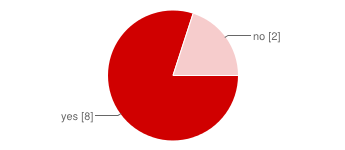
Further analysis shows that 80 percent of the participants agreed with the statement that society blamed men for all the bad things happening to women. Among those who felt that men society blamed men for wrongs done to women, 80 percent of them (and 60 percent of the total participants) believed that men are responsible for the bad things happening to women (figure 2 and 3).
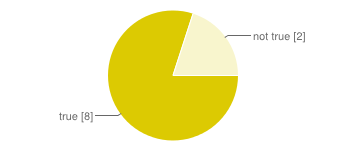

Further, 90 percent of men believe that women can be trusted and 80 percent of them said that women could handle leadership roles (see figure 4 and 5).
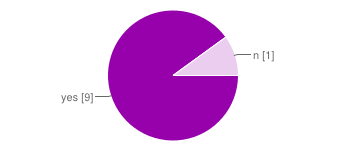
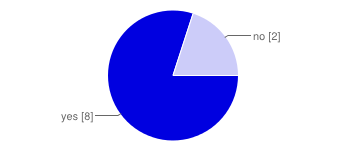
All the participants’ believed that there should be equality in pay among sexes (figure 6).
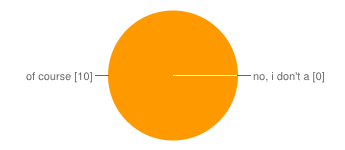
Further, 80 percent participants believe that women should expect to be hit back if they hit a man and 80 percent say that women should be “respected” just because they are women (figure 7 and 8).
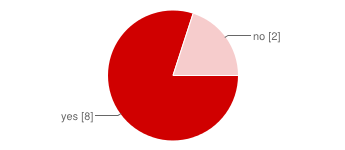

Almost 70 percent of the participants believe that gender equality can be achieved, and 30 percent said it was not possible to achieve gender equality (figure 9).
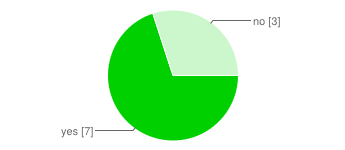
The analysis of the data shows that there is a huge discrepancy in the findings of the prevalence of sexism and what young men perceived sexism in society today. Earlier research has established the presence of sexism in the workplace, especially in pay inequality, unfair treatment to working mothers, and other forms of sexual discrimination. Sexist men usually commit sexual crimes and sexual harassments.
However, the present research findings show that most men are not sexist. All men participating in the survey said that they believed women should be given equal pay. The research demonstrates that men believe that women should be given equality in terms of pay and general equality in society. However, other researches studied in the literature review do not support these findings, which states that there still exist rampant sexist attitude towards men. Further, previous studies show that it is men who are perpetrators of hostile or benevolent form of sexism against women. However, the present study has not found support in the literature regarding the issue.
Conclusion
The aim of the paper was to gauge the perception of young men about sexism. The research findings show that men believe that gender equality is possible and pay equality should be there. Most men believe that gender equality in society is achievable. The research findings are indicating that the new generations of men believe that gender equality should be the norm of society, and men and women should be equal in all sense. The research findings are indicative of a change in patriarchy’s perception of the gender equality issue.
One problem with this research is the small sample size. A comparison of the perception of both the gender would have provided greater insight into the research question.
References
Flanders, L. (2013). Damanding Women. The Nation , pp. 20-22. Web.
Glick, P., Fiske, S. T., Mladinic, A., Saiz, J. L., Abrams, D., Masser, B., et al. (2000). Beyond Prejudic as Simple Antipathy: Hostile and Benevolent Sexism Across Cultures. Journal of personality and social psychology , 79 (5), 763-775. Web.
Nelson, A. (2013). On Leaning Out. The Nation , pp. 18-22. Web.
Roets, A., Hiel, A. V., & Dhont, K. (2012). Is Sexism a Gender Issue? A Motivated Social Cognition Perspective on Men’s and Women’s Sexist Attitudes Toward Own and Other Gender. European Journal of Personality , 26 (3), 350–359. Web.
Thomae, M. a. (2013). Why did the woman cross the road? Sexist humor and male self-reported rape proclivity. Journal of Social, Evolutionary and Cultural Psychology , 7 (3), 250-269. Web.